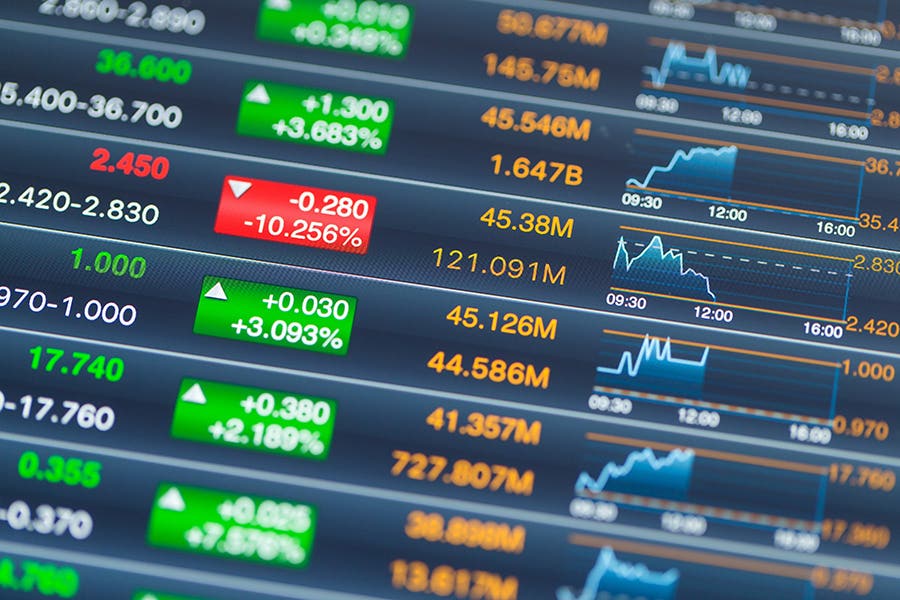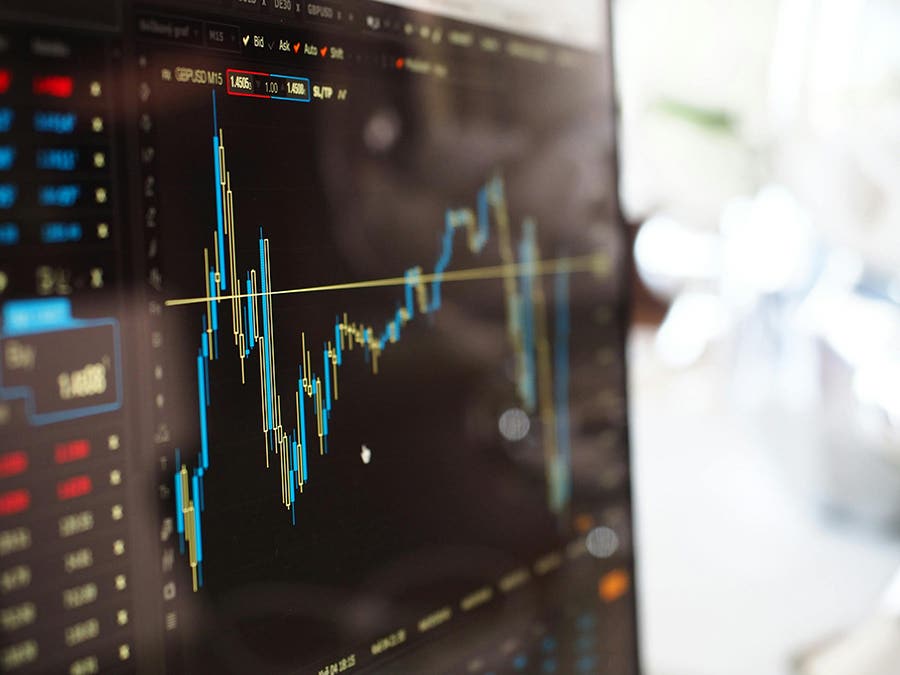Counterfeit Euros in Spain
Spanish authorities have dismantled a counterfeit euro ring, seizing equipment and detaining suspects involved in producing fake currency. The operation marked a significant step in combating financial fraud within the European Union.
Ancient or modern coins. It doesn't matter to Spanish authorities. They take coinage seriously. Operation Pandora dealt with the illicit trade in ancient coins. Spanish authorities are also dim on people making their euros the hard way—through counterfeiting rather than by working to earn them.
It almost sounds like something out of the numismatic Dark Ages. Counterfeiters counterfeiting coins rather than bank notes? Why would anyone consider counterfeiting coins today? Unlike in the United States, coins aren’t always small change. European 1-euro and 2-euro coins are an example. A 2-euro coin has an exchange rate of about $2.15US. This isn’t pocket change in the sense as is most U.S. circulating coinage.
A 2-euro coin isn’t small change when someone has 100,000 of them. Unfortunately, this is the number of fakes estimated by authorities to have been placed into circulation in Spain, according to the Policia Nacional. The Policia Nacional recently conducted a joint operation with Europol and Catalunya’s Mossos d’Esquadra to bring down the largest counterfeit currency workshop of its kind in Spain. The workshop was one of the largest in Europe. The workshop was operated by a Chinese organization, the organization estimated to have placed about 400,000 bogus 2-euro coins into circulation throughout the Eurozone.
Spanish police described the fake coins as being of “high quality.” Despite this, the obverse and reverse images are poorly impressed. The surfaces tend to be scarred and contain flecks, lines, and spots. The edge symbols are indistinct and covered by the notching. The distance between the symbols and words is different from that on genuine coins.
According to Germany’s Bundesbank or central bank guidelines, “Due to a special security material, the middle section of [genuine] 1- and 2-euro coins is slightly magnetic. This means the coins are lightly picked up by a magnet and will fall off if the magnet is shaken lightly.”
The Bundesbank website page titled Leitfaden Münzen (Guideline Coins) reads, “One doesn’t need to be a coin expert to tell counterfeit coins apart from real ones.” It continues, “Devices that have been successfully tested are available on the European Commission website.”
The investigation into the counterfeiting ring began in 2018 and initially focused on the central peninsular area of Spain. It was later learned that over the years, the group had operated in the Barcelona, Madrid, and Toledo areas.
Spanish police raids taking place between 2018 and 2021 indicated the coins were coming from a single source. The mobility of the manufacturing sites and the almost untraceable nature of the metal coins proved elusive. The coins were circulated by targeting gaming halls and casinos since coin-operating machines accepted the fakes at these locations.
A break in the case occurred when, in early 2024, a routine Madrid Municipal Police road stop discovered what was described as 48 bags of fake 2-euro coins. The number of coins in each bag was not made public.
A raid on the counterfeiting facility revealed hydraulic presses, manual and electromechanical machines, and numerous components used in coin production.
Spain’s National Police described the investigations as “extremely difficult and drawn out, not least because of the secretive nature of the organization, and also the near impossibility of being able to follow a trail, which is characteristic for forged coins.”
You may also like:








